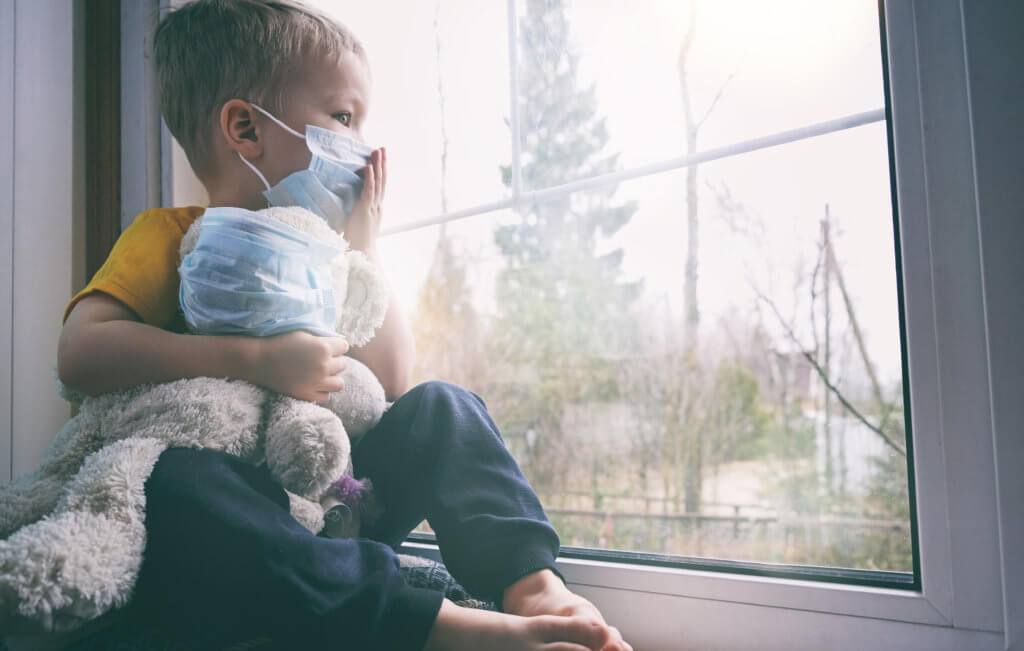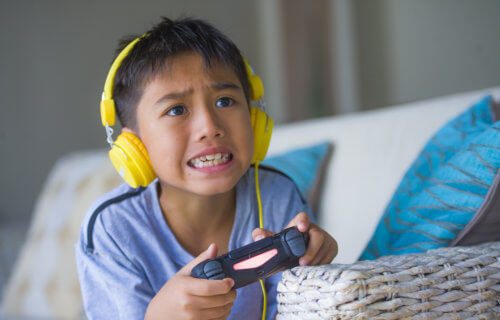BRISTOL, United Kingdom — Although the World Health Organization says COVID-19 is no longer a global emergency, there’s another pandemic issue still causing problems — inactive kids. A new study finds the majority of children continue to spend too much time on the couch despite activity rates returning to pre-pandemic levels.
Researchers at the University of Bristol discovered that by the summer of 2022, only 41 percent of children in the United Kingdom were meeting the national recommended physical activity guidelines of an hour of exercise per day. Immediately after the pandemic, a mere 37 percent reached the target, which includes moderate-to-vigorous exercise — defined as activity that leaves children slightly hot, sweaty, and out of breath. Based on those figures, 59 percent of children are still lagging behind and way too inactive in the wake of COVID.
Although there has been a slight overall improvement, children have become more sedentary during the week, being physically inactive for an additional 13 minutes compared to the pandemic period. In contrast, parents have engaged in eight more minutes of moderate-to-vigorous physical activity every weekend than before the pandemic.
The team notes that medical officers in the U.K. have cautioned that children should limit the amount of time they spend sitting or lying down, except when sleeping.
“It’s encouraging that on average, children’s physical activity levels are back to where they were before the pandemic,” says lead author Russ Jago, Professor of Physical Activity and Public Health, in a university release. “However, it’s taken nearly a year since the last public lockdown was lifted, and children’s increased sedentary time during the week has persisted, which is an area of concern for policymakers, schools, and parents,”
Scroll down to see 7 ways parents can get their kids to be more active

Study authors measured the physical activity levels of 393 children between 10 and 11 years-old between June and December 2021. They assessed an additional 436 children of the same age from January to July of the same year. They participants came from 28 schools in the Bristol area.
The children and a parent or caregiver wore an accelerometer, which measured movements of the participants, and completed a questionnaire. The team compared this data to pre-pandemic data collected from nearly 1,300 children and their parents from 50 schools in the same region.
“The findings suggest that physical activity is susceptible to disruptions in provision and leisure opportunities, and highlight that not enough 10 to 11-year-olds are meeting the guidelines. On the flip side, it’s great to see how the pandemic may have encouraged parents to be more active, and it seems these habits may be continuing,” says co-author Dr. Ruth Salway, Senior Research Associate in Epidemiology and Statistics.
The research is published in the journal International Journal of Behavioral Nutrition & Physical Activity.
How can parents get their kids moving again?
- Participate in family activities: Engage in family activities that involve physical exercise, such as hiking, biking, swimming, or playing sports together. This not only increases physical activity but also strengthens family bonds.
- Enroll in extracurricular activities: Sign children up for extracurricular activities like sports, dance, or martial arts classes, which can help them develop a habit of regular exercise.
- Limit screen time: Set limits on the time children spend watching TV, playing video games, or using electronic devices. Encourage them to engage in active play or hobbies instead.
- Provide age-appropriate toys and equipment: Offer children toys and equipment that promote physical activity, such as jump ropes, balls, frisbees, and bicycles.
- Be a role model: Children are more likely to be active if they see their parents and caregivers participating in physical activities. Be a positive role model by staying active yourself and involving your child in your own exercise routines.
- Encourage active socializing: Encourage children to invite friends over for playdates that involve physical activities, such as playing tag, hide and seek, or engaging in sports.
- Set goals and offer rewards: Help children set realistic goals for their physical activity and provide rewards or incentives for achieving those goals, such as a special outing or small treat.
South West News Service writer Pol Allingham contributed to this report.

